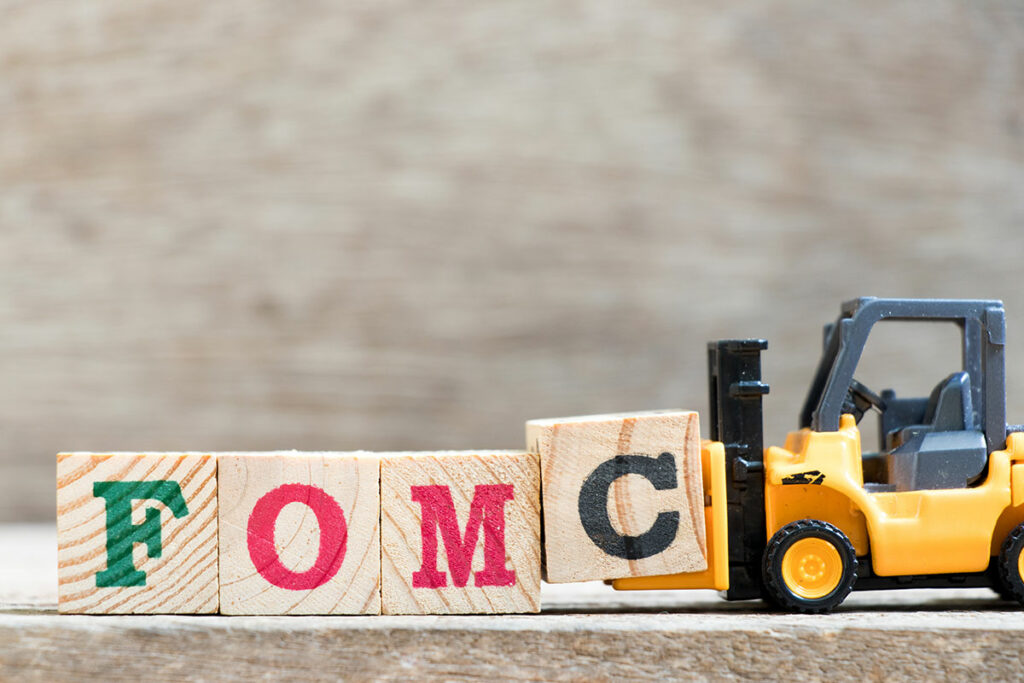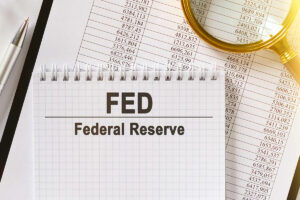The Vibe Economy and the Federal Reserve Board

Vibenomics has made it to the Federal Reserve Board. At the central bank’s first Federal Open Market Committee meeting of 2024, policymakers voted to hold interest rates steady and offered strong hints that easing is on the way. But apparently not until the Fed feels the time is right.
Throughout 2023, as inflation eased, the job market remained robust, and consumer spending stayed strong, good economic news was not enough to give consumers confidence that the economic ship of state had made it through the troubled waters of the Covid-19 pandemic. Despite positive reports and the reality of a healthier economy, the conventional wisdom was one of cautious pessimism and a general uneasiness that somewhere, sometime the other shoe was about to drop.
That feeling was echoed last week when Fed Chairman Jerome Powell talked to reporters at a press conference at the end of the two-day interest-rate meeting.
In his statement before taking questions, Powell said despite all the good economic news, “inflation is still too high, ongoing progress in bringing it down is not assured and the path forward is uncertain.”
While it’s not unusual for a Fed chair to speak with circumspection on monetary policy matters, Powell’s cautious rhetoric was a strong signal the central bank is not ready to grab hold of the monetary policy lever and bring rates down. And he made it clear why that is.
“The lower inflation readings over the second half of last year are welcome, but we will need to see continuing evidence to build confidence that inflation is moving down sustainably toward our goal,” he said. That oft-stated goal is inflation at 2% and it is clear the Fed will not budge from that benchmark any time soon, if ever.
But what is really important in Powell’s statement is that Fed announcements following monetary policy meetings almost always reference policymakers’ predilection to assess more data before they make any policy decisions. This time, however, there is something more.
“The committee will continue to monitor the implications of incoming information for the economic outlook,” the Fed release said. “The committee’s assessments will take into account a wide range of information, including readings on labor market conditions, inflation pressures and inflation expectations, and financial and international developments.”
It’s not a bad thing that monetary policymakers want to base their decisions on hard data and take advantage of all available statistical measures of the state of the economy. But Powell’s rhetoric takes it to another level, where FOMC members need more than numbers to make policy moves.
In response to a question about what the Fed needs to see to begin brining interest rates down, Powell offered a perspective that is reminiscent of the last Supreme Court Justice Potter Stewart in a landmark pornography case.
“We’re looking for greater confidence that inflation is moving to 2%,” Powell said. “We want to see more data, not that we’re looking at better data. Is it sending us a true signal that we are on the path to 2% inflation?”
It is hard not hear echoes of Justice Stewart’s contention that he could not define pornography, but he would know it when he saw it.
Powell is essentially saying that it just doesn’t feel like the right time to begin a cycle of policy easing, despite what the data from the last year and a half has shown, in much the same way consumers feel the economy is bad even in the face of strong economic reports.
Perhaps this is a sign that the Fed is looking at economic conditions differently now, informed by the implications of a global pandemic and the fact that despite continuous warnings of an impending recession, the U.S. emerged from 2023 as one of the bright spots of the global economy.
Maybe the whole idea of the “vibe economy,” based on intuition and perception as much as hard data is now the “new normal” that everyone has been waiting for post-Covid. I guess we’ll know it when we feel it.









